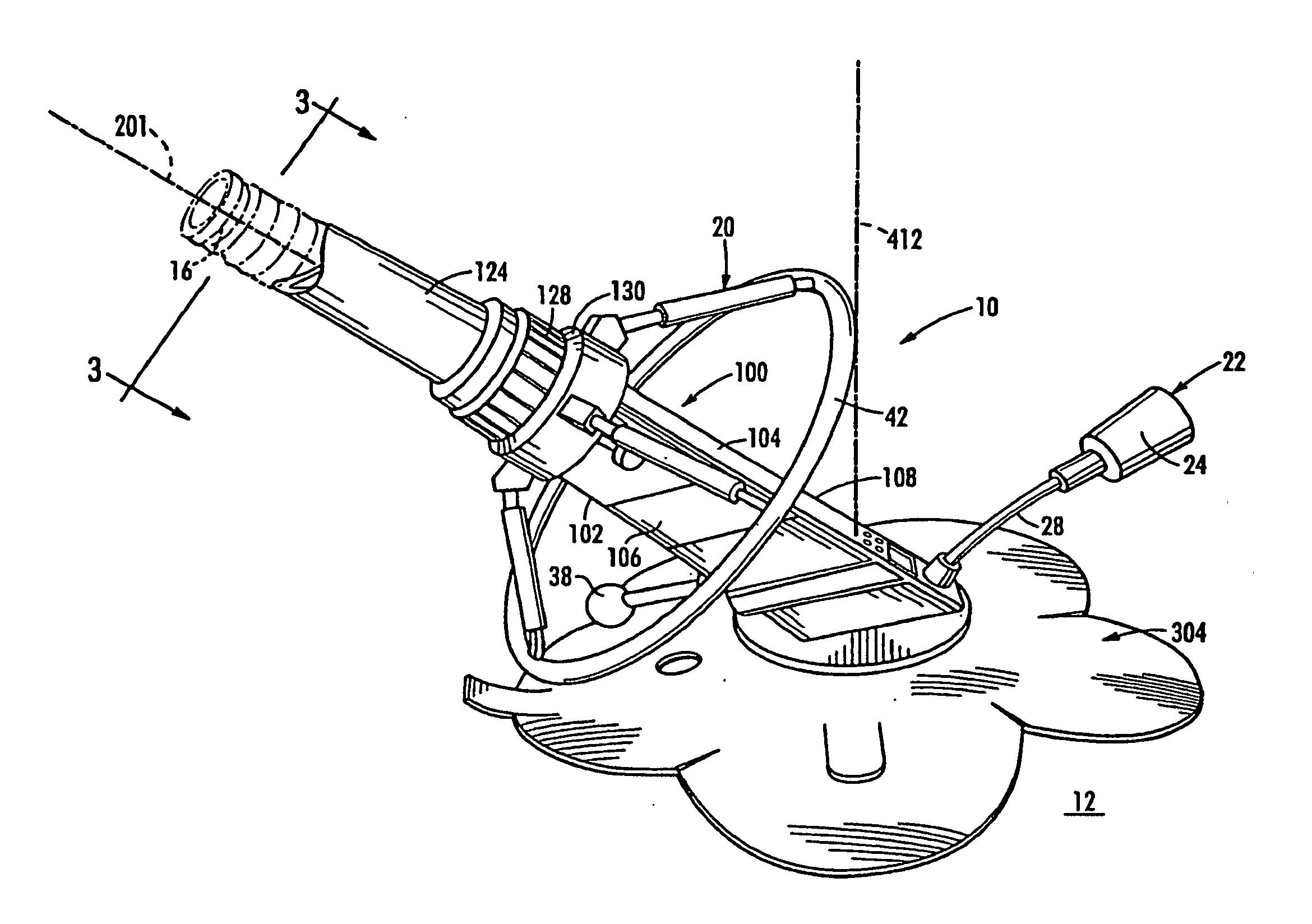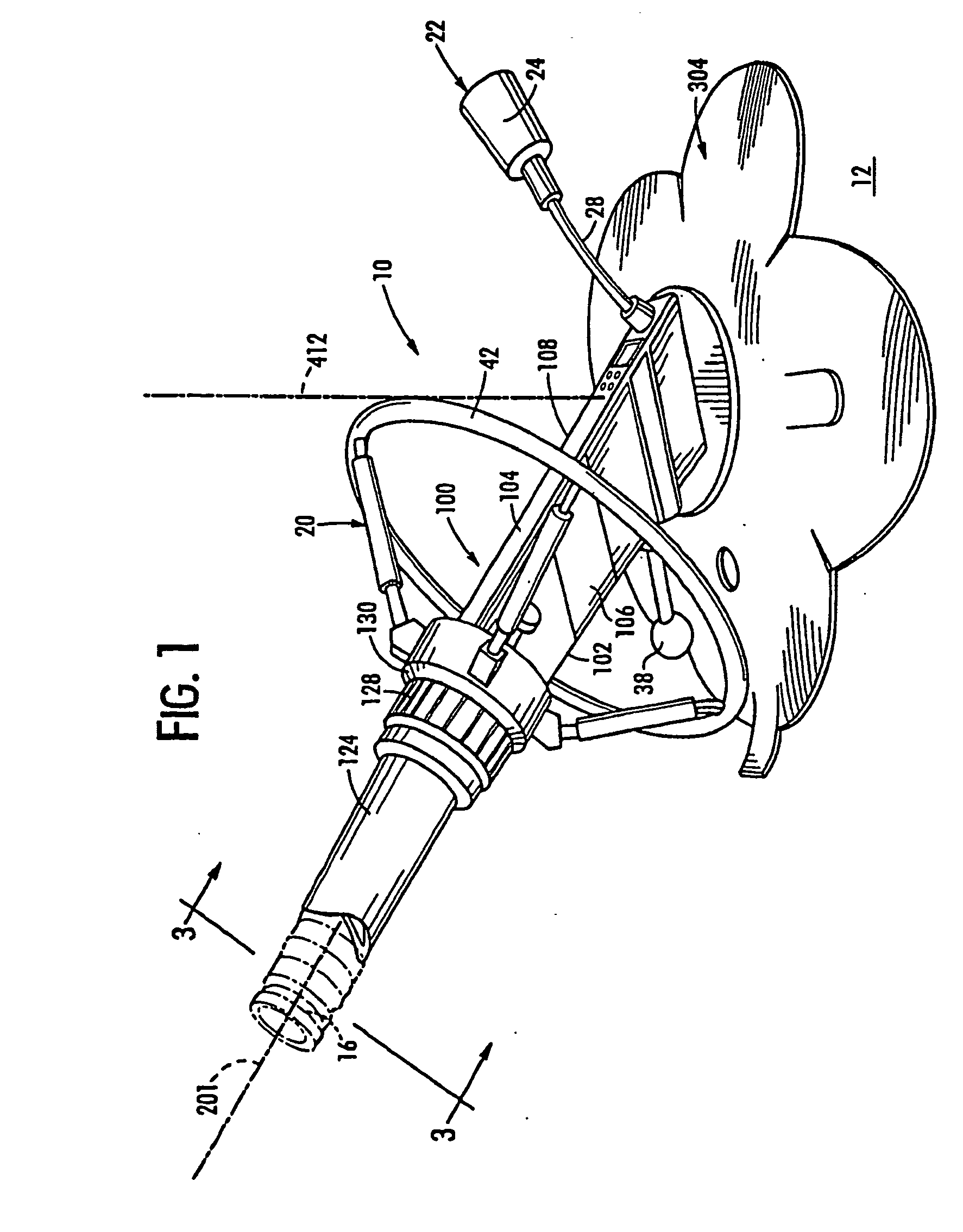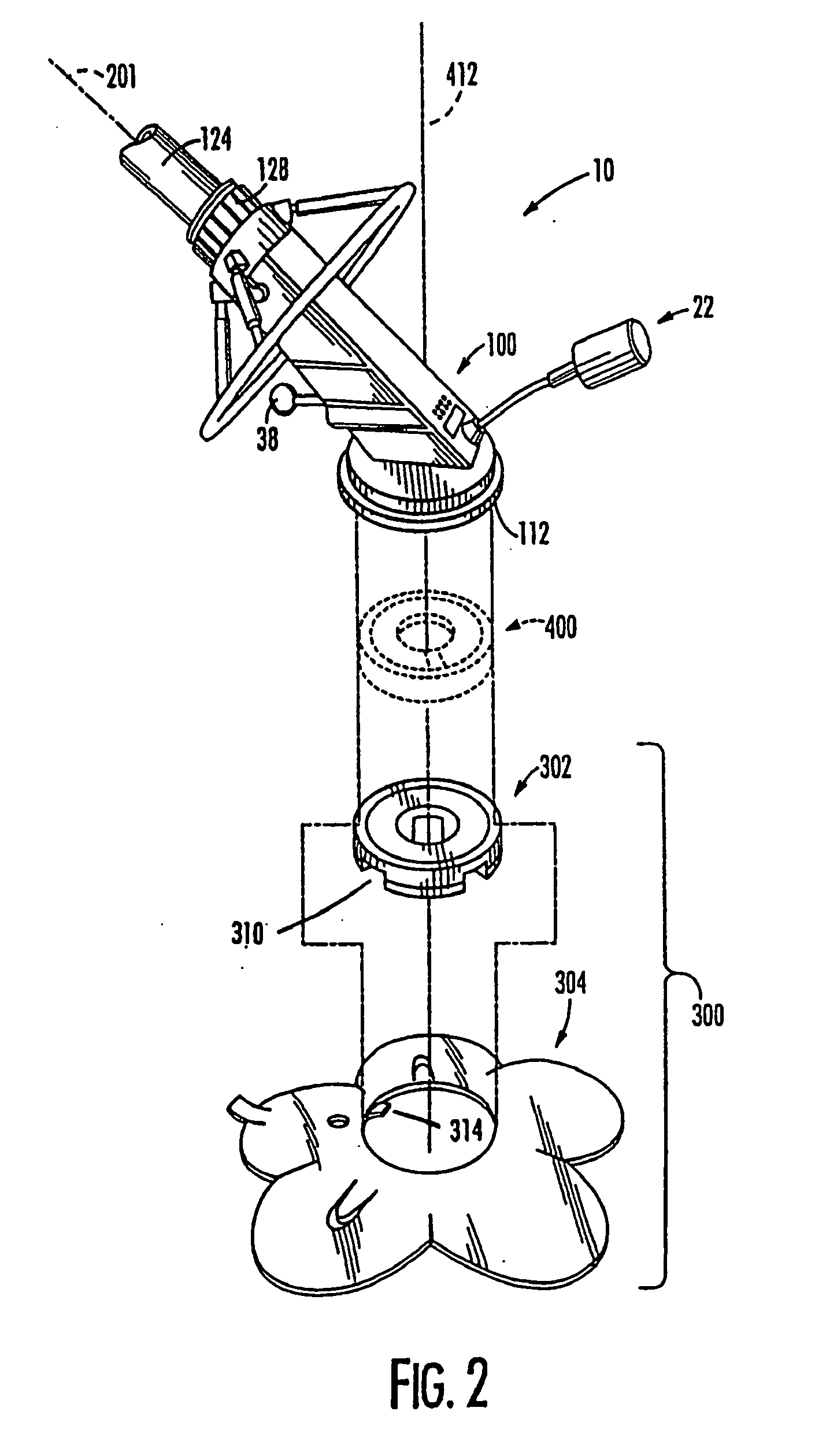Submerged surface pool cleaning device
a technology for cleaning devices and submerged surfaces, which is applied in the direction of gymnasiums, buildings, construction, etc., can solve the problems of jerking of the hose, displacement of the pool cleaner apparatus over the surface to be cleaned, and emitted a hammering sound which can be irritating to users, so as to improve the maneuverability of the cleaner
- Summary
- Abstract
- Description
- Claims
- Application Information
AI Technical Summary
Benefits of technology
Problems solved by technology
Method used
Image
Examples
Embodiment Construction
[0065] The present invention will now be described more fully hereinafter with reference to the accompanying drawings, in which preferred embodiments of the invention are shown. This invention may, however, be embodied in many different forms and should not be construed as limited to the embodiments set forth herein. Rather, these embodiments are provided so that this disclosure will be thorough and complete, and will fully convey the scope of the invention to those skilled in the art. Like numbers refer to like elements throughout.
[0066] As initially described with reference to FIGS. 1-4, a swimming pool cleaning device, the pool cleaner 10, for automatically cleaning a surface 12 submerged in liquid 14 comprises a forwardly inclined housing 100 having rigid walls 102, 104, 106, and 108 forming a flow passage or chamber 110 extending therethrough from an inlet or entrance end 112 which in use is proximate the surface 12 to be cleaned, to an outlet or exit end 114 for connection to...
PUM
 Login to View More
Login to View More Abstract
Description
Claims
Application Information
 Login to View More
Login to View More - R&D
- Intellectual Property
- Life Sciences
- Materials
- Tech Scout
- Unparalleled Data Quality
- Higher Quality Content
- 60% Fewer Hallucinations
Browse by: Latest US Patents, China's latest patents, Technical Efficacy Thesaurus, Application Domain, Technology Topic, Popular Technical Reports.
© 2025 PatSnap. All rights reserved.Legal|Privacy policy|Modern Slavery Act Transparency Statement|Sitemap|About US| Contact US: help@patsnap.com



